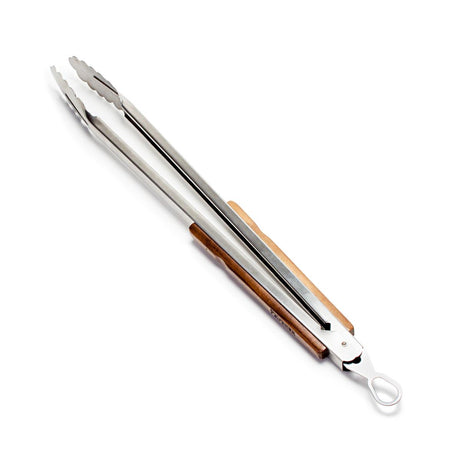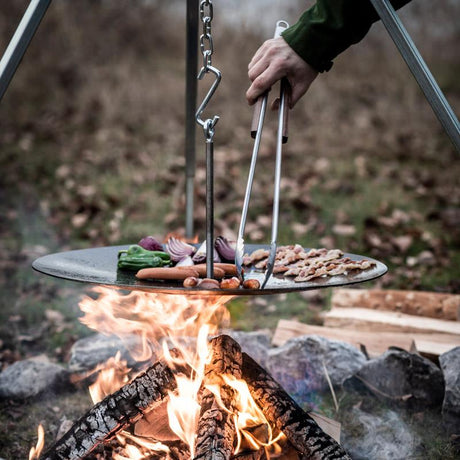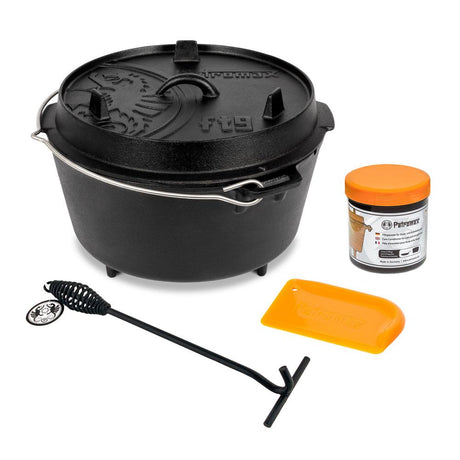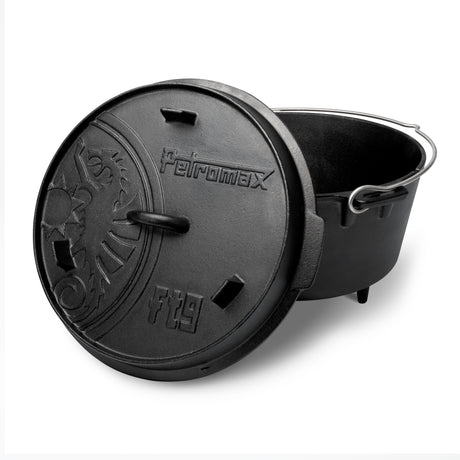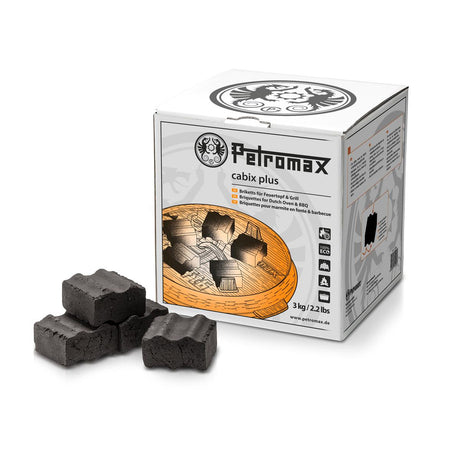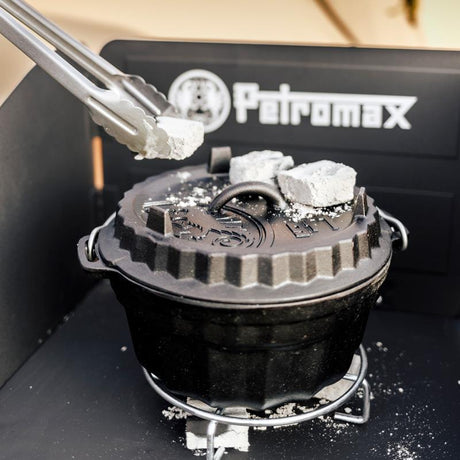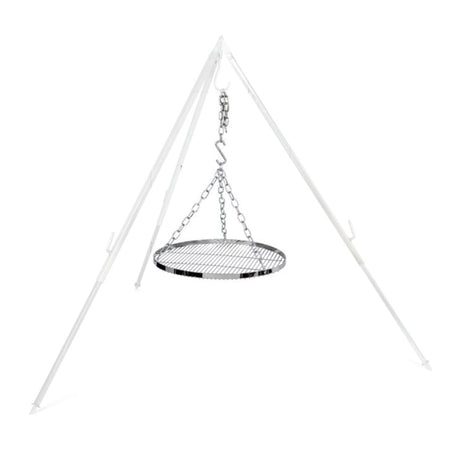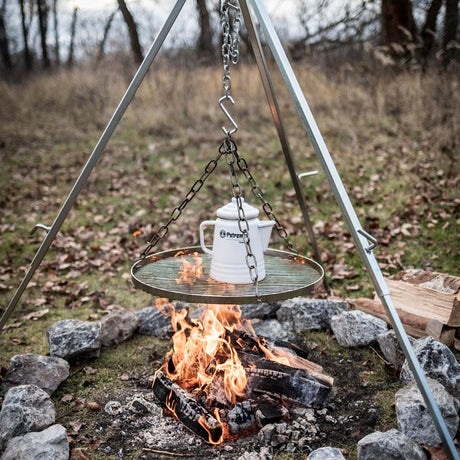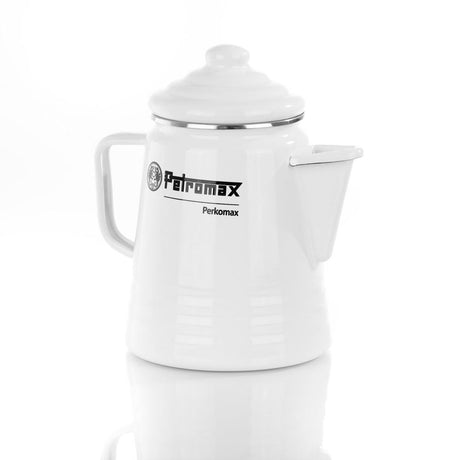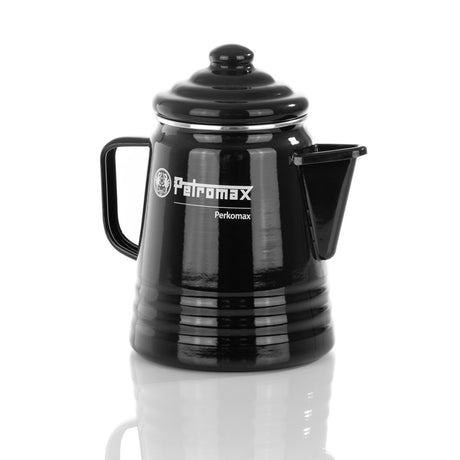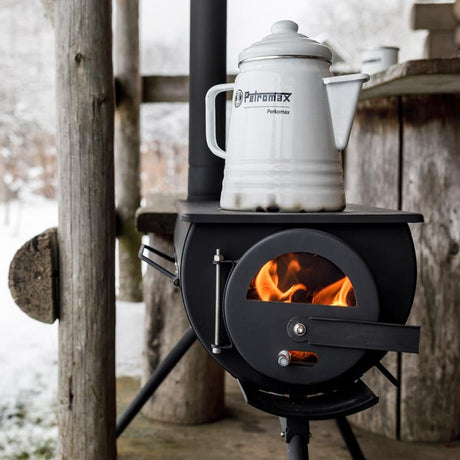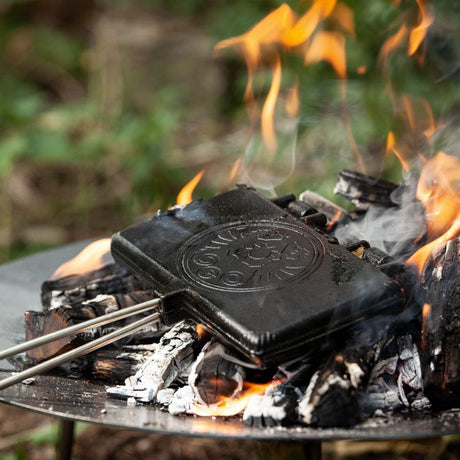Dog sled racing, also known as "sled dog racing" or "dog mushing", unites humans and animals in an exciting competition in a unique way. This traditional sport has evolved from a vital method of transportation to a popular winter sports discipline that inspires enthusiasts worldwide and writes fascinating stories.
Modern dog sled racing
Equipment and technology: the musher's tools of the trade
Training and preparation: the path to a successful team
Nutrition and health: The key to success
The big races: Where legends are born
The history of dog sled racing
The history of dog sled racing is deeply rooted in human cultural history and tells of survival, adaptation and the special relationship between man and dog. Archaeological finds prove that Arctic peoples were already using dogs to pull sledges over 4,000 years ago. This early form of locomotion was far more than a simple means of transportation - it was the key to survival in the inhospitable regions of the far north.
Over the centuries, the Inuit, Yupik and other indigenous peoples of the polar regions in particular developed sophisticated techniques for transportation by dog sled. They not only perfected the construction of the sleds and harnesses, but also the breeding and training of the dogs. This expertise formed the foundation for the later competitive sport.
The decisive change from a pure means of transportation to a competitive sport took place during the Alaskan gold rush at the end of the 19th century. During this time, when thousands of fortune-seekers flocked to the far north, the first informal races were held. Gold seekers and traders competed in exciting contests, often with considerable stakes at stake. At the same time, the tradition of the "Mail Mushers" was established, who regularly transported mail and important goods by dog sled.

The legendary Serum Run - a turning point in history
The historic turning point in the history of dog sled racing came in 1925 with the famous "Serum Run to Nome". When a dangerous diphtheria epidemic broke out in the remote town of Nome in Alaska, this event became the catalyst for the worldwide recognition of the sport. The dramatic circumstances highlighted the extraordinary feats that humans and animals can achieve as a team:
In Nome, supplies of medicine had run out and the town was cut off from the outside world in winter. The urgently needed diphtheria serum had to be transported over a distance of 1,085 miles. In a dramatic relay race through the most extreme weather conditions, several teams of mushers brought the serum to Nome in time. The performance of musher Leonhard Seppala and his lead dog Togo, as well as that of Gunnar Kaasen's team with Balto, who later became famous, went down in history.

Modern dog sled races
Today's world of dog sled racing is diverse and offers suitable competition formats for different performance levels and interest groups. From short, explosive sprints to epic long-distance adventures, the sport has evolved into different disciplines, each offering its own challenges and excitement.
Sprint racing: Speed and precision
Sprint racing is the most dynamic form of dog sled racing. These explosive competitions over distances of 4 to 25 kilometers require perfect interaction between the musher and the dog team. The special features of this discipline are
- Use of smaller teams with 4-8 dogs
- Focus on speed and explosive power
- Several runs on consecutive days
- Particularly popular in Central Europe and Scandinavia
Training for sprint races focuses on speed and precise turns. The dogs must be perfectly coordinated and the musher must guide his team through the course with split-second precision.
Middle distance races: The perfect balance
Mid-distance races form the bridge between the explosive sprints and the endurance-challenging long distances. Over distances of between 100 and 300 kilometers, teams have to manage their strength wisely and master various challenges:
- Optimal team size of 8-10 dogs
- Balanced mix of speed and endurance
- Strategic planning of breaks and supplies
- Adaptation to changing weather conditions
The fascination of the middle distance lies in the complexity of the skills required. Mushers not only have to lead their teams, but also make tactical decisions and manage resources wisely.
Long-distance races: The ultimate challenge
Long-distance dog sled races represent the pinnacle of the sport. These epic adventures, spanning more than 1,000 kilometers, represent the ultimate test for man and beast. They require not only exceptional physical endurance, but also mental strength and strategic skill. The teams have to battle their way through a wide variety of terrain and weather conditions while carefully managing their resources.
The special requirements of this discipline are reflected in the composition and preparation of the teams:
- Teams of up to 14 specialized sled dogs
- Well thought-out strategy for rest periods and food
- Extensive equipment for all weather conditions
- Veterinary checkpoints along the route
- Navigation skills even in the most difficult conditions

Equipment and technology: the musher's tools of the trade
Dog sled racing equipment has evolved continuously over the decades. Modern materials and innovative technologies have supplemented traditional equipment without neglecting the tried and tested basic principles. The right choice and care of equipment can make the difference between success and failure in a race.
The modern racing sled: a masterpiece of engineering
The racing sled is the heart of the equipment and must meet the highest standards. Modern sleds are the result of years of development and combine traditional craftsmanship with innovative technology. During construction, particular emphasis is placed on the balance between stability and flexibility.
The key features of a modern racing sled are
- Lightweight construction made of carbon, aluminum or special types of wood
- Flexible runners (runners) for different snow conditions
- Ergonomically designed guide stand for the musher
- Integrated storage and safety systems
- Sophisticated brake and anchor systems for maximum control

Harnesses and leashes: The connection between dog and sled
The harness system is of crucial importance for the performance and well-being of the dogs. It must distribute the pulling force optimally and at the same time offer maximum comfort. The development of modern harness systems is based on scientific findings on the biomechanics of dogs.
The following components are essential for an optimal harness system:
- Anatomically shaped X-back or H-back harnesses for every dog
- Elastic pull lines for even force transmission
- Quick-release buckles for emergency situations
- Reflective elements for better visibility
- Individual adjustment options for every dog
Training and preparation: The path to a successful team
Preparing for dog sled races is a year-round process that goes far beyond just training on snow. A successful training concept takes into account both the physical and mental aspects of the sport and must be continuously adapted to the development of the team.
Summer training: laying the foundations
Contrary to popular belief, preparation for the racing season begins in the summer. This phase is crucial for building basic endurance and developing team dynamics. The challenge is to train the dogs effectively in warmer temperatures without overloading them.
Summer training comprises various components:
- Early morning and evening pulling training sessions with special carts
- Regular swimming sessions for joint-friendly fitness
- Special coordination and balance exercises
- Intensive individual training with each dog
- Nutritional adaptation to the special requirements
Autumn training: the crucial transition phase
Autumn marks a particularly important phase in the preparation for the racing season. As temperatures drop, the intensity of training increases and the teams begin specific competition preparation. Experienced mushers use this transitional period to gradually introduce their dogs to the challenges ahead and perfect their teamwork.
Particular attention is paid to the development of team dynamics during this phase. The mushers work intensively to find the optimum position for each dog in the team. It is not only the physical abilities that play a role here, but also the social relationships between the dogs. A harmonious team is the basic prerequisite for successful competitions.
Autumn training focuses on the following areas:
- Gradual increase in training intensity and duration
- First training sessions on snow at higher altitudes
- Fine-tuning the team composition
- Optimization of equipment under real conditions
- Introduction of competition elements into training
Winter training: the peak phase of preparation
With the onset of winter, the training work reaches its most intensive phase. This is when the thorough preparation of the previous months pays off. The teams now train under real competition conditions and fine-tune the final details of their racing strategy. The challenge is to find the right balance between intensive training and sufficient regeneration.
Professional winter training comprises several components:
- Regular training sessions on different snow conditions
- Simulation of competition situations and stress factors
- Specific endurance and speed training
- Regeneration phases with active recovery
- Mental training for mushers and dogs

Nutrition and health: the key to success
The optimal care of sled dogs is a science in itself. The enormous physical demands of the sport require a well thought-out nutritional concept that is geared towards the respective training and competition phases. Modern sled dog handlers work closely with veterinarians and nutrition specialists to achieve the best for their teams.
The nutrition of athletes on four paws
The diet of sled dogs differs fundamentally from that of normal domestic dogs. During the competition season, the daily energy requirement of a sled dog can be up to 12,000 calories - six times that of an average domestic dog. In order to cover this enormous energy requirement, a specially adapted nutritional concept is needed.
The cornerstones of sled dog nutrition are
- High-quality protein sources for muscle building and maintenance
- Optimized fat intake for maximum energy supply
- Balanced minerals for bone health
- Adapted vitamin supplementation
- Electrolytes for fluid balance
Particular attention is paid to adapting the diet to the various training phases. During the intensive preparation for competitions and especially during the races themselves, the diet is continuously adapted to the needs of the dogs.

The big races: Where legends are born
The prestigious long-distance races are the highlights of the dog sledding calendar year. They not only attract the elite of mushers, but also fascinate a worldwide audience. Each of these races has its own character and presents teams with unique challenges.
Iditarod: the legendary "Last Great Race"
The Iditarod is more than just a race - it is a piece of living history. Following in the footsteps of the historic Serum Run of 1925, the approximately 1,800-kilometre route leads through the wildest and most pristine nature of Alaska. Participants not only have to battle against extreme weather conditions and exhausting distances, but also overcome their own limits.
This is what makes the Iditarod so special:
- A route through untouched wilderness from Anchorage to Nome
- Temperatures from -50°C to +10°C in a single race
- Over 50 mandatory checkpoints with vet checks
- Strict qualification requirements for participants
- International media coverage and satellite tracking
Preparing for the Iditarod is a year-round project. Teams often invest more than 100,000 dollars in equipment, training and logistics. The reward for these efforts is not only the considerable prize money, but above all the honor of being part of this legendary event.

Yukon Quest: The technical challenge
The Yukon Quest is considered by connoisseurs to be the most technically demanding dog sled race in the world. The 1,600-kilometre route between Whitehorse (Canada) and Fairbanks (Alaska) follows historic gold mining routes and demands exceptional navigation and survival skills from the teams.
The special features of the Yukon Quest:
- Crossing of four major mountain passes with extreme gradients
- Minimal infrastructure with long distances between checkpoints
- Independent navigation without GPS in the wilderness
- Historical significance due to the gold rush routes
- Particularly strict equipment requirements
The race takes place in February, when the days are short and the temperatures are at their lowest. The teams often have to cope for days on end in complete solitude, relying on their equipment and skills.
Finnmarksløpet: Europe's answer to the big races
The Finnmarksløpet in Norway has established itself as the most important European dog sled race. It combines the toughness of the big American races with the accessibility and organization of European sporting events. The route leads through the fascinating landscape of northern Norway and offers participants and spectators a unique Arctic adventure.
Special features of the Finnmarksløpet:
- Several competition classes for different performance levels
- State-of-the-art tracking technology for spectators
- Integration of Sami culture and traditions
- Professional medical care
- Extensive supporting program for visitors
Conclusion
Dog sled races unite sport, adventure and the special relationship between man and dog in a unique way. The combination of centuries-old tradition and modern competitive sport makes this discipline a fascinating event. Continuous development in areas such as equipment, training and competition organization ensures the future of this extraordinary sport.
The challenges of climate change and the increasing importance of animal welfare will continue to shape the sport in the coming years. Nevertheless, dog sled racing remains a unique example of how humans and animals can achieve top performances in perfect harmony.
Fancy even more winter adventures? Take a look at our other posts and find out which activities you shouldn't miss out on during the cold season!
Camping in winter: How to stay warm and cozy
Snowshoe hiking: The best tips and most beautiful tours
Ice bathing: How healthy is swimming in winter really?
Winter barbecues: Tips and recipes











